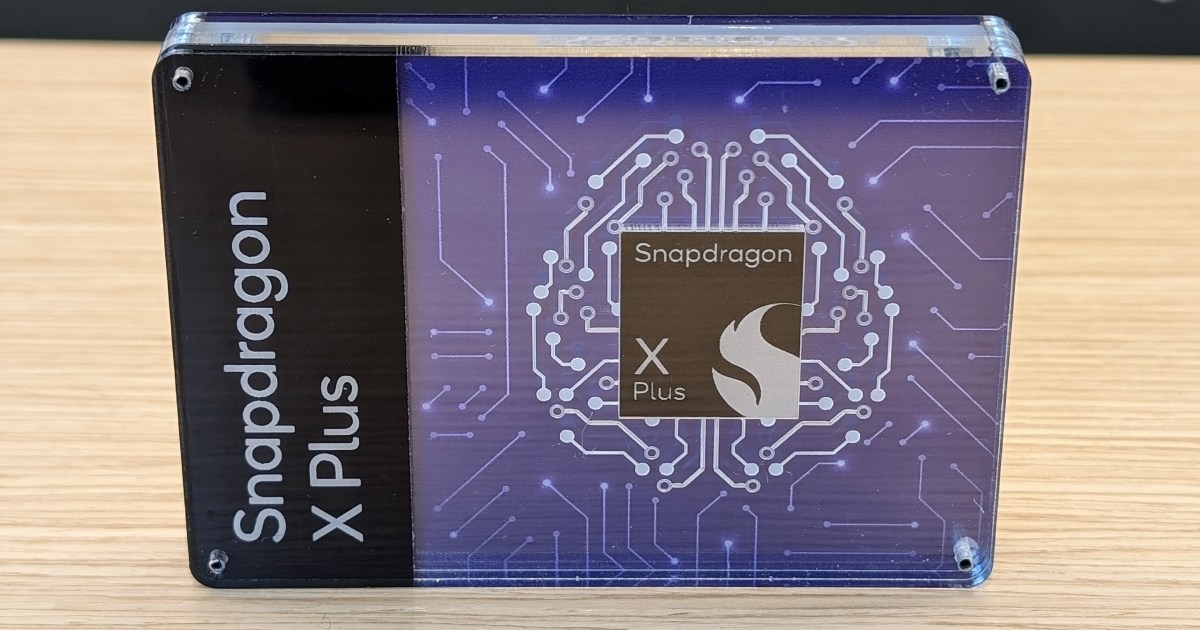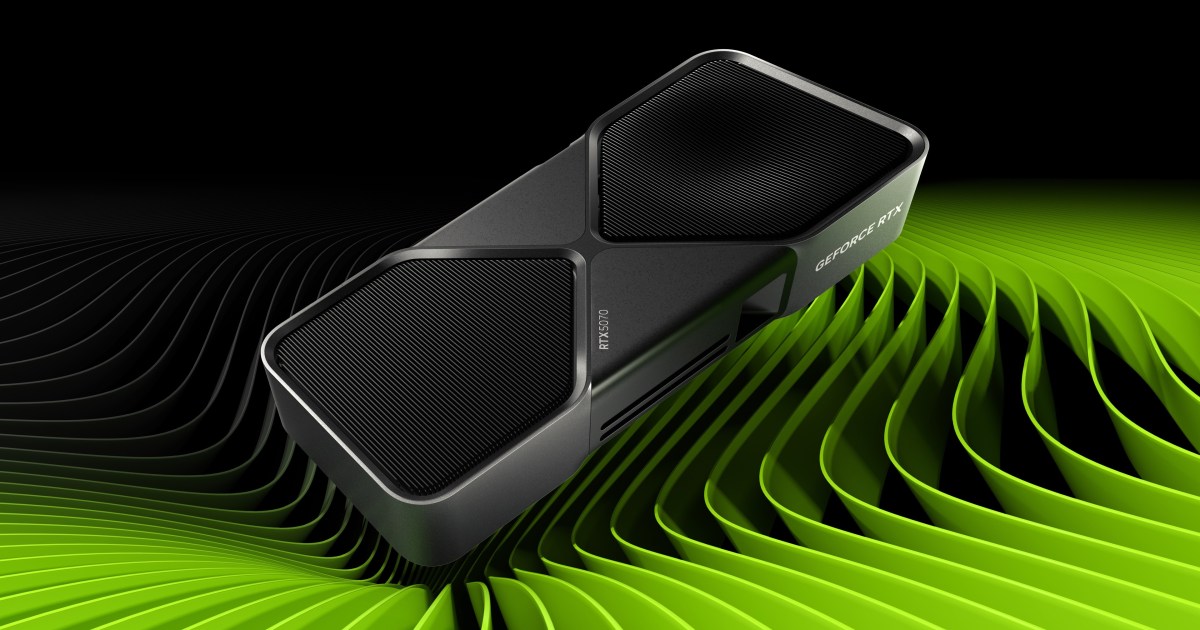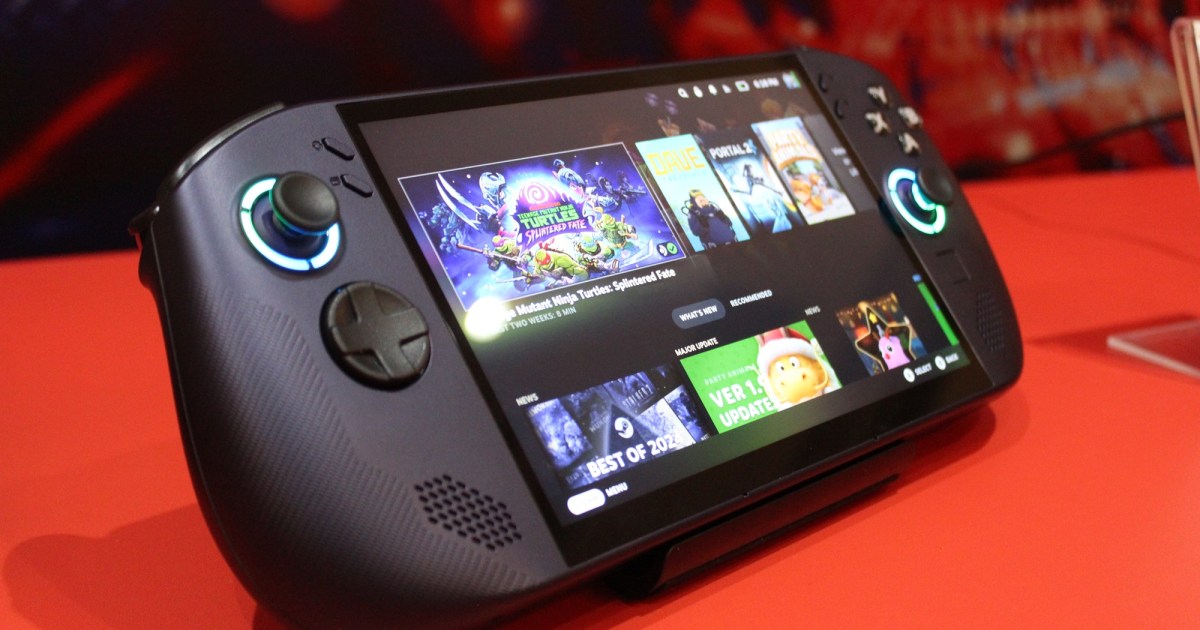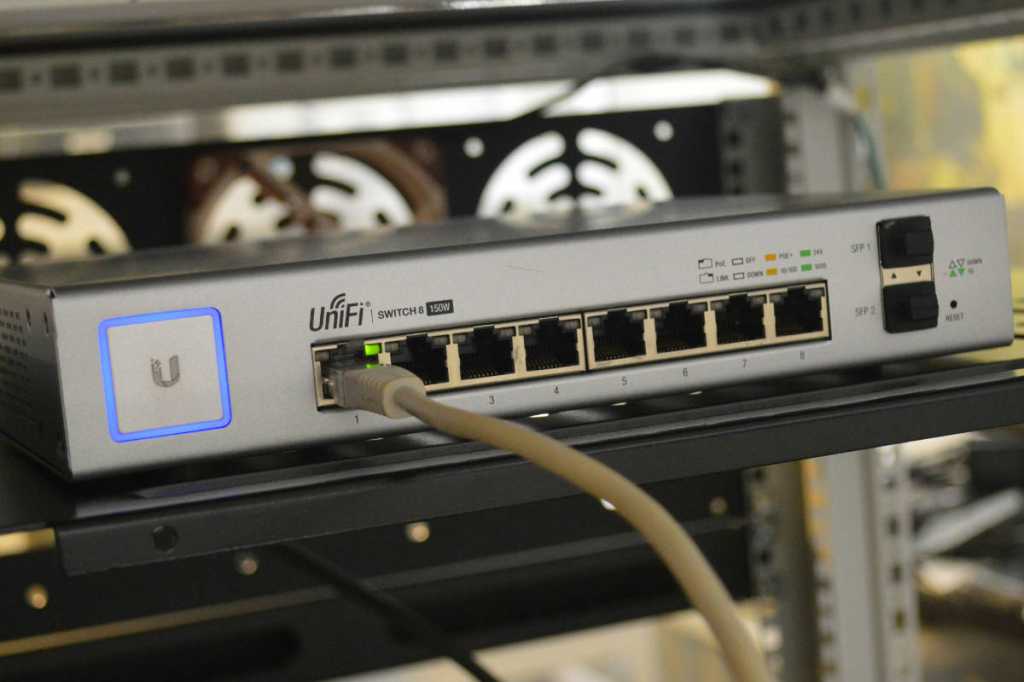The laptop landscape shifted dramatically this year with the arrival of Qualcomm’s Snapdragon X chips and Intel’s response, the Core Ultra Series 2 (Lunar Lake). Both promised enhanced power efficiency and longer battery life, sparking a fierce competition. But which chip ultimately delivers the best laptop experience today? After rigorous testing of systems using both chipsets, a clearer picture has emerged.
Performance Showdown: Snapdragon X vs. Core Ultra 2
Qualcomm offers two Snapdragon X variants: the Elite and the Plus. Their core counts, clock speeds, and integrated Adreno GPU performance vary, as shown below. While Qualcomm doesn’t publicize TDP (thermal design power), estimations suggest a range between 15W and 80W.
A key consideration with Snapdragon X is its reliance on Windows on Arm. While the latest version boasts improved emulation, performance can still be impacted if applications aren’t natively compiled.
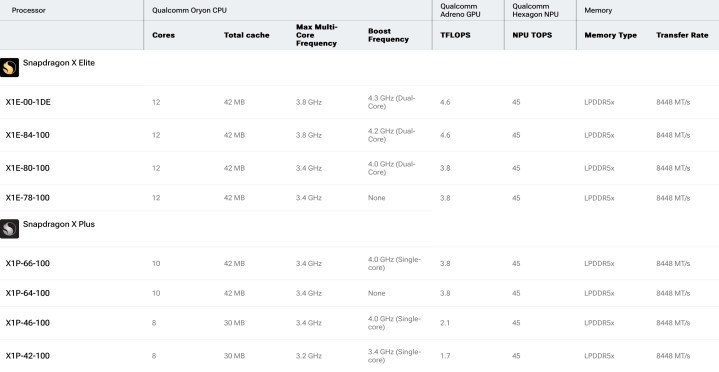 Qualcomm Snapdragon X chipset specs table listing various details about different variants.
Qualcomm Snapdragon X chipset specs table listing various details about different variants.
Intel’s Core Ultra Series 2, or Lunar Lake, features a more consistent design across its iterations. All models boast eight cores, with a mix of performance and efficiency cores. Most operate at 17W, with the Core Ultra 9 288V being a 30W exception. As an x86 chipset, Lunar Lake runs the standard Windows version, eliminating compatibility and emulation concerns.
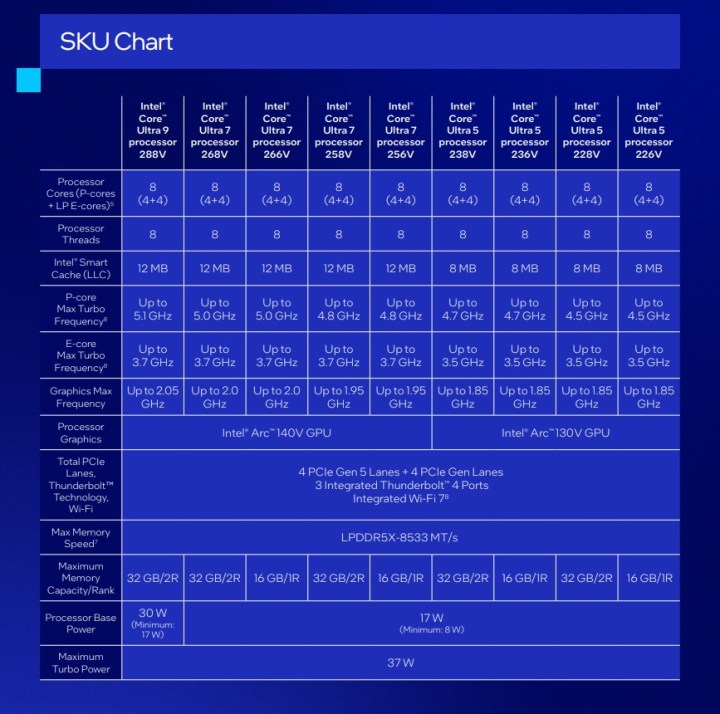 The Intel Core Ultra 200V series SKUs chart.
The Intel Core Ultra 200V series SKUs chart.
Benchmark results reveal Snapdragon X’s superior CPU performance in demanding tasks. However, Intel’s Core Ultra Series 2 showcases impressive integrated graphics, surpassing Snapdragon X’s Adreno GPU. Neither chipset currently supports AAA gaming or significantly boosts creative application performance, necessitating a discrete GPU, which is not yet available for these platforms. Apple’s M3 chip, found in comparable thin-and-light laptops, offers a middle ground in CPU performance with faster graphics.
Based on current testing, Qualcomm holds an edge over Intel in both single-core and multi-core performance—a crucial factor for these laptop categories.
| Cinebench R24 (single/multi) | Geekbench 6 (single/multi) | 3DMark Wild Life Extreme | |
|---|---|---|---|
| Acer Swift Go 14 AI (Snapdragon X Plus / Adreno) | 107 / 716 | 2413 / 11388 | 3231 |
| HP OmniBook X (Snapdragon X Elite / Adreno) | 101 / 749 | 2377 / 13490 | 6165 |
| Dell Inspiron 14 Plus 7441 (Snapdragon X Plus / Adreno) | 108 / 419 | 2451 / 8744 | 6457 |
| Dell XPS 13 9345 (Snapdragon X Elite / Adreno) | 121 / 921 | 2805 / 14511 | 6397 |
| Acer Swift 14 AI (Core Ultra 7 258V / Intel Arc 140V) | 121 / 525 | 2755 / 11138 | 5294 |
| HP OmniBook Ultra Flip 14 (Core Ultra 7 258V / Intel Arc 140V) | 116 / 598 | 2483 / 10725 | 7573 |
| Lenovo Yoga Slim 7i Aura Edition (Core Ultra 7 258V / Intel Arc 140V) | 109 / 630 | 2485 / 10569 | 5217 |
| Asus Zenbook S 14 (Core Ultra 7 258V / Intel Arc 140V) | 112 / 452 | 2738 / 10734 | 7514 |
| MacBook Air (M3) | 141 / 601 | 3102 / 12078 | 8098 |
Battery Life: A Key Differentiator
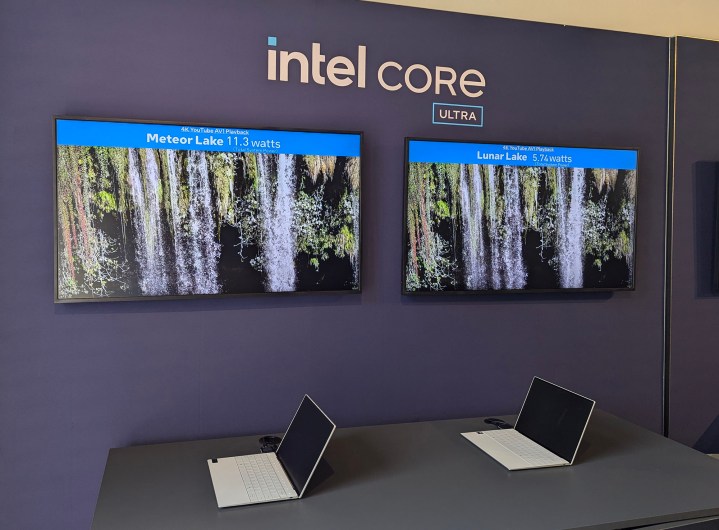 Intel Core Ultra Series 2 4K YouTube AV1 playback comparison with Meteor Lake.
Intel Core Ultra Series 2 4K YouTube AV1 playback comparison with Meteor Lake.
A crucial aspect of this comparison is battery life. Both chipsets aim to rival Apple’s MacBooks, renowned for their longevity. Direct comparisons are challenging due to varying display technologies and resolutions across tested laptops. FHD+ IPS displays generally deliver the longest battery life, while 2.8K OLED displays perform less efficiently.
Intel’s new chipset generally excels under heavier CPU loads, particularly evident in the Cinebench R24 test. Across all metrics, the Apple MacBook Air M3 remains competitive, with the upcoming M4 version expected to further elevate performance.
Both Snapdragon X and Core Ultra Series 2 represent significant advancements for Windows laptops, enabling all-day or even multi-day battery life – a remarkable achievement.
| Web browsing | Video | Cinebench R24 | |
|---|---|---|---|
| Acer Swift Go 14 AI (Snapdragon X Plus) | 15 hours, 29 minutes | 21 hours, 38 minutes | 1 hour, 42 minutes |
| HP Omnibook X (Snapdragon X Elite) | 13 hours, 37 minutes | 22 hours, 4 minutes | 1 hour, 52 minutes |
| Dell Inspiron 14 Plus 7441 (Snapdragon Plus) | 10 hours, 9 minutes | 19 hours, 28 minutes | 2 hours, 25 minutes |
| Dell XPS 13 9345 (Snapdragon X Elite) | 12 hours, 29 minutes | 22 hours, 9 minutes | 1 hour, 37 minutes |
| Acer Swift 14 AI (Core Ultra 7 258V) | 17 hours, 22 minutes | 24 hours, 10 minutes | 2 hours, 7 minutes |
| HP OmniBook Ultra Flip 14 (Core Ultra 7 258V) | 11 hours, 5 minutes | 15 hours, 46 minutes | 2 hours, 14 minutes |
| Lenovo Yoga Slim 7i Aura Edition (Core Ultra 7 258V) | 14 hours, 16 minutes | 17 hours, 31 minutes | 2 hours, 15 minutes |
| Asus Zenbook S 14 (Core Ultra 7 258V) | 16 hours, 47 minutes | 18 hours, 35 minutes | 3 hours, 33 minutes |
| Apple MacBook Air (Apple M3) | 19 hours, 38 minutes | 19 hours, 39 minutes | 3 hours, 27 minutes |
The Verdict: Qualcomm’s Performance Edge
Both platforms offer commendable efficiency. Intel’s Core Ultra Series 2 demonstrates superior efficiency under load. However, Qualcomm’s Snapdragon X offers significantly faster performance, making it a compelling choice for demanding productivity users. While a discrete GPU remains necessary for gaming or video editing, which isn’t yet available for either platform, Snapdragon X currently provides the best blend of speed and battery life for thin-and-light productivity laptops. Furthermore, Qualcomm currently enjoys a pricing advantage, offering more affordable options compared to Intel’s latest chipset.



